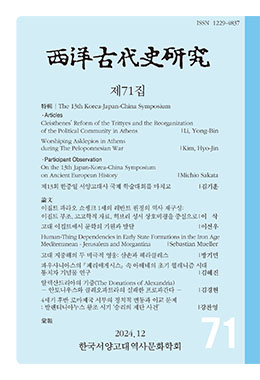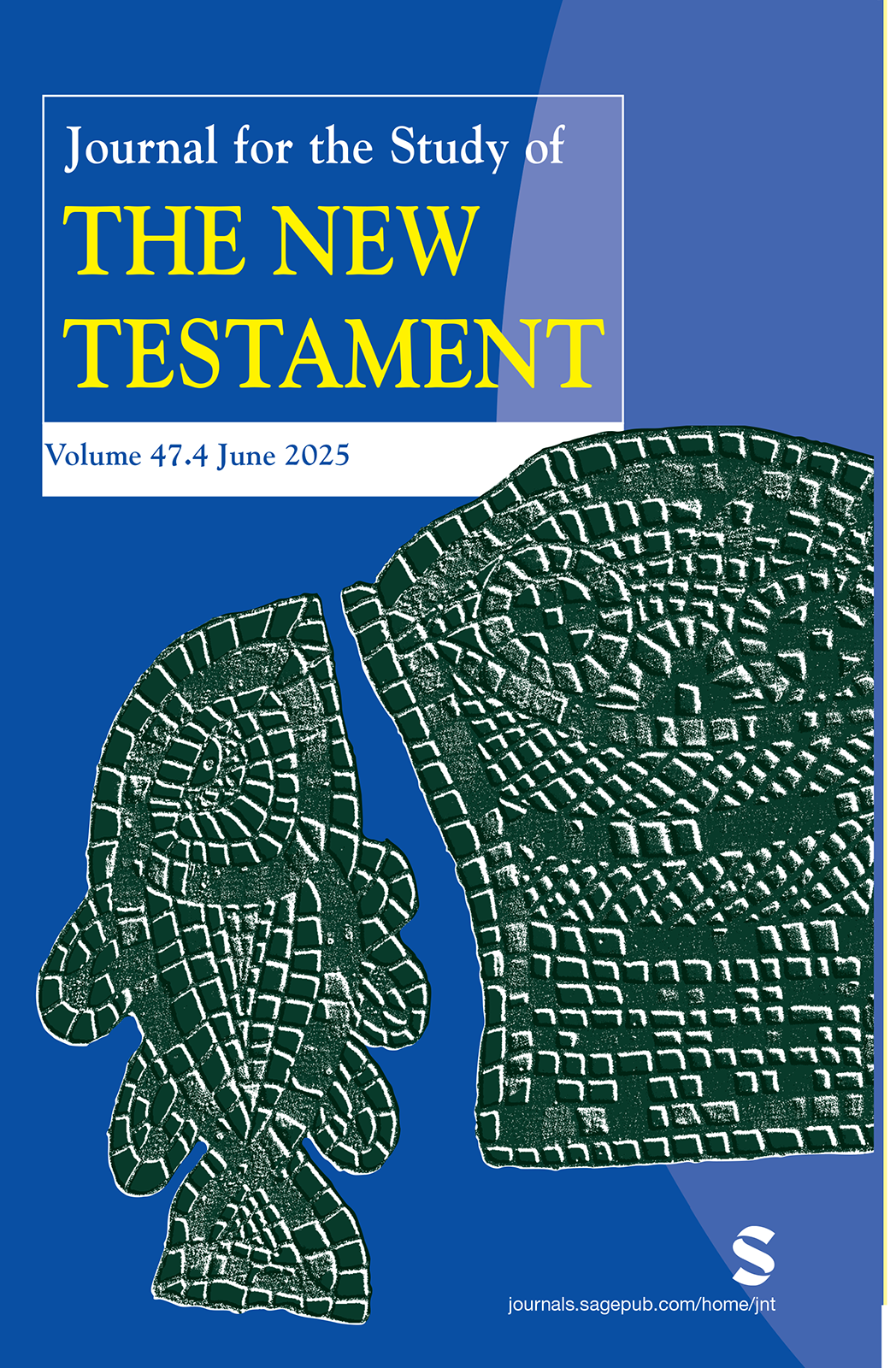본 연구는 이집트 제22왕조의 창시자 쇼솅크 1세(Hedjkheperre Shoshenq I)의 남부 레반트 원정에 대한 역사적 재구성을 목표로 한다. 이집트의 부조 기록, 고고학적 증거, 그리고 히브리 성서를 상호 비평적으로 검토하여 쇼솅크 1세 원정의 목적과 결과를 종합적으로 분석하였다. 카르낙 아문 신전의 부바스티트 관문 외벽에 새겨진 부조는 비문, 그림, 그리고 약 150개의 지명을 기록한 목록으로 구성되어 있다. 비문은 파라오의 승리를 신의 도움으로 선전하고, 그림은 전통적인 ‘때리는 장면’을 묘사하며, 지명 목록은 원정 지역의 성읍들을 나열한다. 지명 목록이 선전적 성격을 가진 허구인지, 실제 원정 경로를 반영하는 지에 대한 논쟁이 있으나, 본 연구는 지명 목록이 여러 부대의 진군 경로를 종합한 역사적 기록일 가능성이 높다고 결론지었다. 고고학적 증거는 쇼솅크 1세의 원정 결과가 지역에 따라 다르게 나타났음을 보여준다. 이스르엘 평야와 일부 성읍에서는 기원전 10세기 후반으로 편년되는 파괴 흔적이 확인되지만, 요르단 동편과 가나안 중앙산지의 일부 지역은 이미 폐허 상태였었다. 반면, 네게브 고지대와 브엘세바 계곡 지역은 당시 번영하였으며, 파라오의 원정과의 연관성은 미미한 것으로 평가된다. 쇼솅크 1세의 원정은 성읍 파괴와 정복보다는 실질 지배권 재확립을 목표로 했을 것이다. 성서 열왕기상 14장과 역대기하 12장에서는 쇼솅크 1세를 ‘쉬샼(Shishak)’으로 언급하며 그가 예루살렘에 접근해 성전과 왕궁의 보물을 약탈했다고 기록하고 있다. 그러나 이집트 지명 목록에는 예루살렘이 누락되어 있다. 아마도 파라오는 예루살렘에 도달하기 전에 베냐민 산지를 진군하며 항복을 받아냈을 가능성이 크다. 본 논문은 지명 목록에 베냐민 산지 성읍들이 밀도 높게 기록된 것은 이 지역이 전략적 경로로 활용되었다고 새롭게 제안한다. 결론적으로 쇼솅크 1세(쉬샥)의 원정은 정치적·경제적 목표를 달성하기 위한 것이었으며, 가나안 남부와 중앙산지, 요르단 중북부, 이스르엘 계곡을 관통하며 군사적 지배권을 재확립하고 무역로를 확보했다. 본 연구는 이집트 부조, 고고학적 자료, 성서 기록의 상호 보완적 분석을 통해 쇼솅크 1세 원정의 역사적 의미를 새롭게 해석하였다.
This study aims to reconstruct the historical campaign of Shoshenq I (Hedjkheperre Shoshenq I: the founder of Egypt’s 22nd Dynasty) in the southern Levant. By critically examining Egyptian relief inscriptions, archaeological evidence, and the Hebrew Bible, the study provides a comprehensive analysis of the purpose and outcomes of his campaign. The relief on the Bubastite Portal’s outer wall at Karnak Temple consists of inscriptions, images, and a list of approximately 150 place names. The inscriptions proclaim the Pharaoh’s victory as divinely aided, while the imagery depicts the traditional ‘smiting scene,’ and the place-name list mentions cities targeted during the expedition. While there is ongoing debate about whether the place-name list is propagandistic fiction or a reflection of an actual military route, this study concludes that the list likely represents a historical record summarizing the routes taken by multiple divisions of the campaign. Archaeological evidence reveals that the outcomes of Shoshenq I’s expedition varied by region. In the Jezreel Valley, evidence of destruction from the late 10th century BCE has been identified at certain sites. However, regions east of the Jordan and parts of the central hill country of Canaan were already in ruins or remained largely unaffected by the expedition. Conversely, the Negev Highlands and Beersheba Valley appear to have been relatively prosperous during this period, reflecting minimal association with the campaign. Rather than focusing on city destruction and outright conquest, Shoshenq I’s campaign likely aimed to re-establish effective control over the region. The biblical accounts in 1 Kings 14 and 2 Chronicles 12 refer to Shoshenq I as ‘Shishak’ and describe his approach to Jerusalem, where he plundered the Temple and royal palace treasures. However, Jerusalem is conspicuously absent from the Egyptian place-name list. It is plausible that the Pharaoh secured the surrender of the Benjamin highlands while advancing toward Jerusalem, negating the need for further military action. This study newly suggests that the dense recording of place names from the Benjamin highlands in the list indicates their strategic importance as a key route utilized during the campaign. In conclusion, Shoshenq I’s expedition sought to achieve political and economic objectives. By traversing the southern and central highlands of Canaan, northern Jordan, and the Jezreel Valley, the campaign re-established Egypt’s direct rule and secured trade routes. Through a complementary analysis of Egyptian reliefs, archaeological data, and biblical accounts, this study offers a fresh interpretation of the historical significance of Shoshenq I’s campaign






